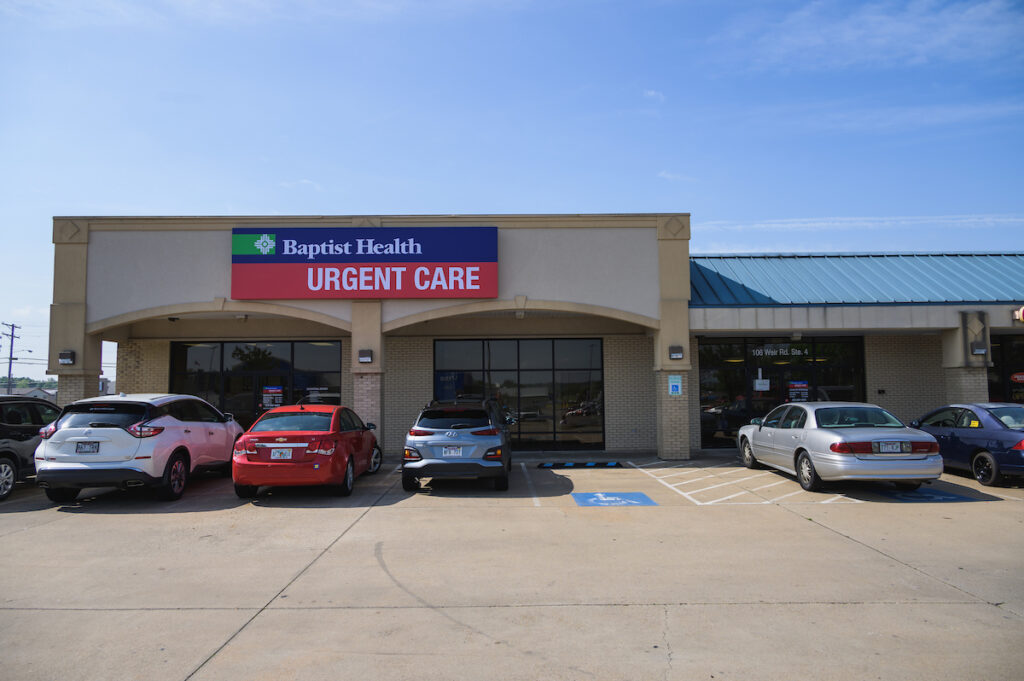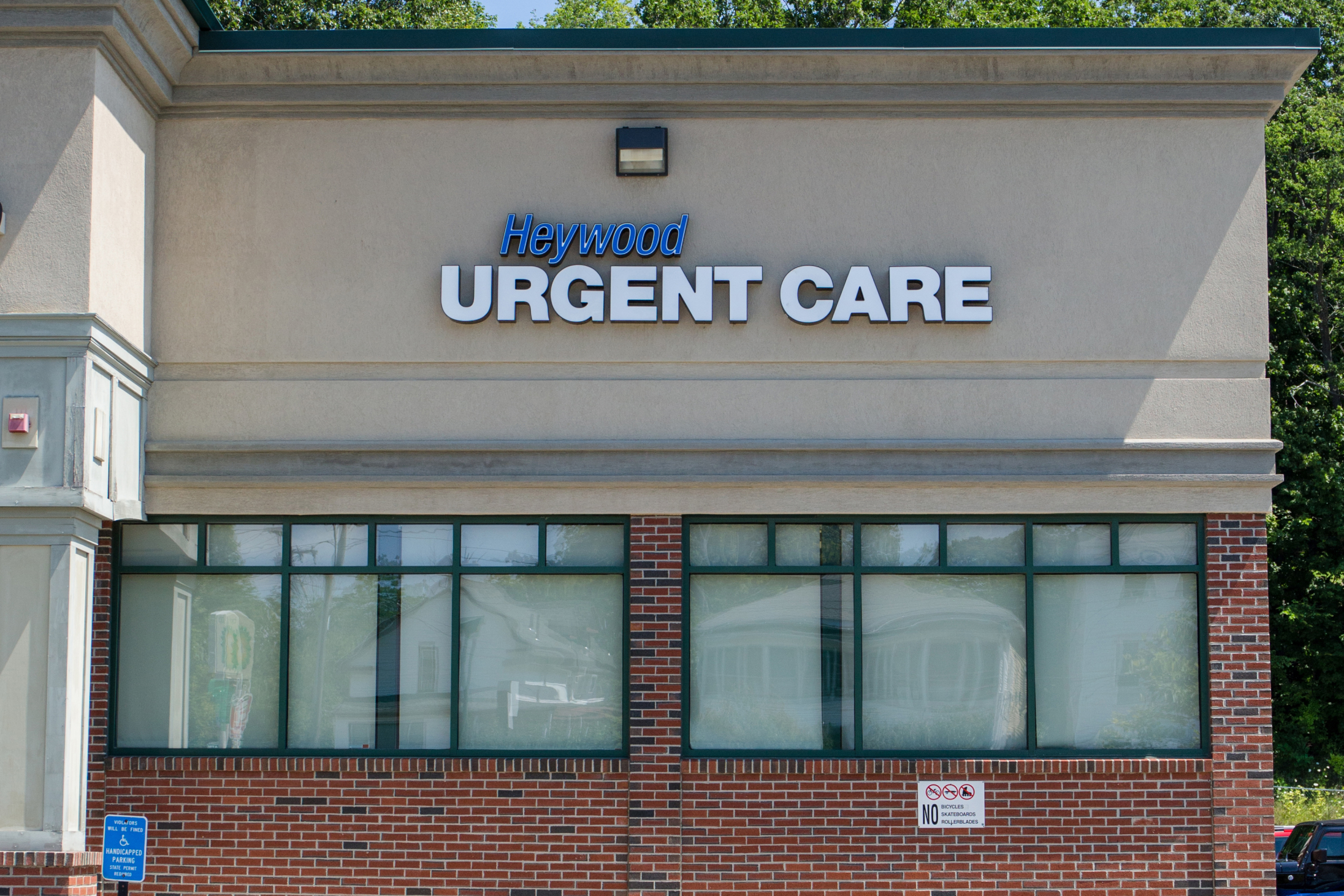How Our Clinic Ensures Top-Notch Urgent Take Care Of Every Client
How Our Clinic Ensures Top-Notch Urgent Take Care Of Every Client
Blog Article
Exactly How Urgent Care Clinics Enhance Access to Health Care for Clients With Immediate but Non-Emergent Medical Needs
Urgent treatment clinics have emerged as an essential part in the healthcare landscape, addressing the demands of people who call for instant interest for non-emergent conditions. By running beyond traditional office hours and providing a streamlined method to small injuries and ailments, these centers not just lower the burden on emergency divisions yet additionally boost general patient accessibility to prompt treatment. As we consider the effects of this design, it becomes vital to examine exactly how urgent treatment centers are changing patient experiences and results in means that warrant additional exploration.
Function of Urgent Care Clinics
Immediate care centers play an essential duty in the healthcare system by providing obtainable and prompt medical services for non-life-threatening conditions. These facilities serve as a vital bridge in between medical care suppliers and emergency divisions, successfully minimizing the problem on healthcare facilities while making certain clients receive timely care. By running extended hours, consisting of weekends and evenings, immediate treatment facilities satisfy people that might not have the versatility to check out a standard medical professional's workplace during conventional company hours.
The range of services supplied at immediate care facilities includes therapy for minor injuries, illnesses, and diagnostic services such as X-rays and laboratory tests. This breadth of care enables clients to address a selection of health and wellness problems without the lengthy wait times usually connected with emergency situation areas. Moreover, immediate treatment centers typically utilize a varied team of health care experts, consisting of medical professionals, nurse practitioners, and physician assistants, who are furnished to handle various medical circumstances.
Benefits of Immediate Gain Access To

Furthermore, immediate accessibility minimizes the worry on health care carriers and emergency departments by diverting less vital situations to appropriate setups. This minimizes congestion in emergency areas, enabling those with true emergency situations to get the immediate care they need without unneeded hold-ups.
In addition, the convenience of extensive hours and walk-in schedule suggests that clients can seek care without the need for appointments, which is specifically valuable for people with uncertain routines or those who may experience unexpected wellness issues. - Urgent Care
The access of urgent care clinics fosters a proactive approach to health, motivating people to look for medical advice and therapy quicker instead than later. This not just improves person contentment yet also promotes a culture of preventative care, eventually leading to much healthier areas.
Comparison With Emergency Clinic
Often, clients discover themselves not sure whether to see an urgent treatment clinic or an emergency situation room when encountered with a clinical issue. Urgent care clinics are created to address prompt however non-emergent clinical issues, such as small injuries, infections, or illnesses.
On the other hand, emergency clinic are outfitted to manage lethal circumstances and serious clinical emergencies, such as heart assaults, strokes, or major trauma. These facilities provide sophisticated analysis tools and expert assessments, which can bring about much longer wait times for clients with less critical problems. Usually, emergency areas often tend to be a lot more costly than urgent care facilities, making urgent care a more cost-efficient option for non-emergent needs.
Ultimately, while both immediate treatment centers and emergency situation spaces play essential roles in the healthcare system, recognizing their corresponding functions permits people to pick the suitable setup based on the necessity and nature of their medical issues.
Solutions Offered by Urgent Treatment
Urgent care clinics provide a wide variety of solutions tailored to address non-emergent clinical needs, making them a hassle-free alternative for people looking for prompt interest. These centers are outfitted to handle different conditions, including small fractures, sprains, and lacerations, which need prompt care however do not necessitate emergency room intervention.
Additionally, immediate treatment centers provide diagnostic services such as X-rays and research laboratory tests, enabling Resources quicker analysis and therapy of diseases. Patients typically existing with common disorders like colds, flu, and you could try this out infections, which can be successfully handled on-site. Additionally, immediate care facilities often offer preventive services, including inoculations and wellness testings, adding to total public health and wellness.
Another essential service offered is the management of chronic conditions worsened by severe signs, such as bronchial asthma or diabetes mellitus, guaranteeing individuals receive timely treatment without overwhelming emergency services. Many centers also expand their hours past typical workplace timetables, boosting accessibility for patients who may need treatment throughout nights or weekend breaks.
Improving Client Outcomes

Urgent care centers are equipped to take care of a variety of non-emergent clinical problems, consisting of small injuries, infections, and health problems. Their concentrate on accessible, top quality treatment enables clients to get proper therapies and preventative services, cultivating far better health and wellness monitoring. These facilities usually employ a multidisciplinary technique, incorporating different health care specialists to guarantee comprehensive care.
Person education and learning is likewise an essential element of enhancing outcomes. Immediate care providers often use support on follow-up care, safety nets, and lifestyle alterations, empowering individuals to take an energetic function in their health and wellness. The mix of instant accessibility, professional care, and person education not continue reading this only improves contentment yet additionally leads to improved long-lasting health results, strengthening the value of immediate treatment clinics in the healthcare continuum.
Final Thought
In recap, urgent care facilities serve a crucial duty in improving healthcare access for clients with immediate, non-emergent clinical requirements. Inevitably, urgent care centers are important in connecting the gap in between primary treatment and emergency services, making sure easily accessible and reliable health care for communities.
On average, emergency spaces tend to be extra pricey than immediate treatment facilities, making urgent treatment a more cost-effective alternative for non-emergent demands. (Urgent Care)

Eventually, immediate care centers are essential in connecting the void in between primary care and emergency situation services, guaranteeing available and efficient medical care for areas.
Report this page